Archive for Items Categorized 'Maritime', only excerpts shown, click title for full entry.
P&O: Across the Oceans, Across the Years
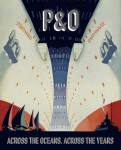
by Ruth Artmonsky and Susie Cox
After 175 years of plying the seas, there’s a story to be had. From paddle steamers hauling mail to today’s cruise ships, P&O made the world a smaller place. This fantastically well illustrated book will absorb you.
Shipwrecked and Rescued, Cars and Crew
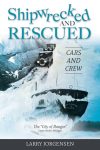
by Larry Jorgensen
Winter 1926. A cargo freighter sinks. Thousands of others have sunk in the Great Lakes but what makes this story different is that not only the crew was rescued but the cargo—over 240 new cars, one of which lived to see its odo roll past 200,000 miles.
War at Sea: A Naval Atlas 1939–1945

by Marcus Faulkner
Every time you watch a movie or read a book about WWII naval engagements, this book should be in reach. Without it you’d have no real sense for space, distance, scale, and even time because movement on the open sea does not exactly happen at warp speed.
Great French Passenger Ships
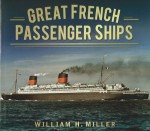
by William H. Miller
From the grand ships of the storied lines to mail boats bound for Africa this little book offers a good, basic, nicely illustrated introduction to the topic.
Falconer’s New Universal Dictionary of the Marine, 1815 Edition
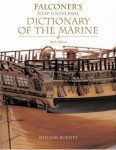
by William Burney (Editor)
First published in 1769 this fourth edition is the go-to book for the sum total of the naval knowledge and practice of the era of the Napoleonic Wars.
Ordeal by Ice: Ships of the Antarctic
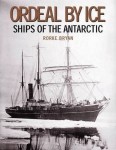
by Rorke Bryan
“Getting there is half the fun”—not in this case. And when and if you do, fun takes a back seat to survival. And then you have to make it back out. Tragedies and triumphs. This book will make you shudder, and not just because it’s about the cold.
Fireship: The Terror Weapon of the Age of Sail
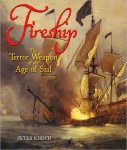
by Peter Kirsch
A fireship doesn’t put out fires, it starts them. This profusely illustrated book is the first to examine the role of this device, from antiquity to the early nineteenth century.
A Century of Sea Travel: Personal Accounts from the Steamship Era

by Christopher Deakes & Tom Stanley
Relive a distinctive era in the history of transportation by, literally, sneaking a peek over peoples’ shoulders into their letters home or “notes to self.”
The Story of The America’s Cup 1851–2013
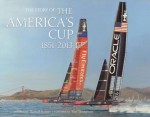
by Ranulf Rayner
Lovely paintings of that crucial event, that exact moment on which a race may have turned are accompanied by a lively history of the men and their “ladies” (the boats!) that vied for the “Auld Mug” over the last 150 years.
Torpedo: The Complete History of the World’s Most Revolutionary Naval Weapon

by Roger Branfill-Cook
Ships sink when they have a hole in them. How to put that hole into a ship, well, that’s not as easy as you might think. This very readable book offers a look into a world we rarely think about.
Ship Decoration 1630–1780
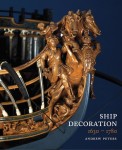
by Andrew Peters
Such intricate work on a seagoing vessel that gets banged around and shot at and all the while needs to make a “statement” about power and influence and religion and worldviews. This is political art as much as Advanced Woodworking.
Type VII: Germany’s Most Successful U-Boats
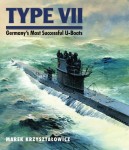
by Marek Krzysztalowicz
Never given subs a second thought? Using Germany’s WW II workhorse as an example this thorough book shows how they work and what it’s like to sail and live on one—and how the FBI in Long Island managed to arrest a crew and another ended up in the Tower of London!















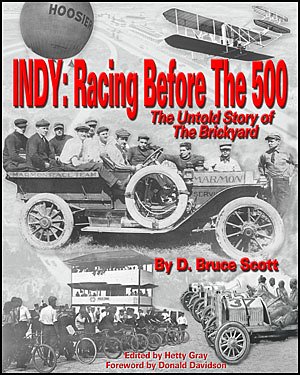

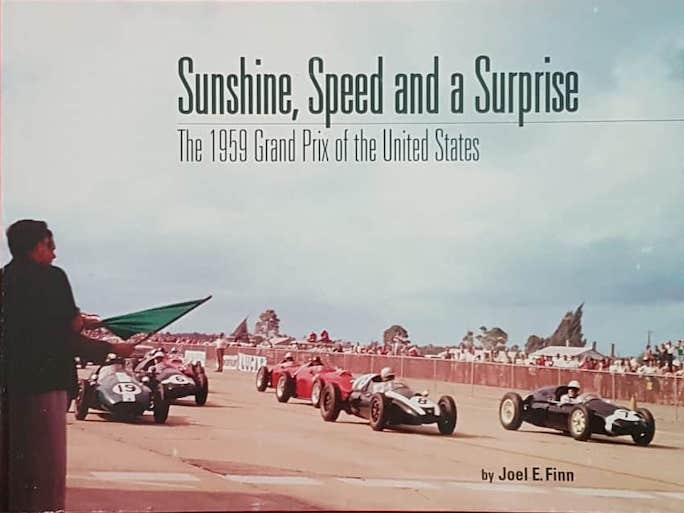


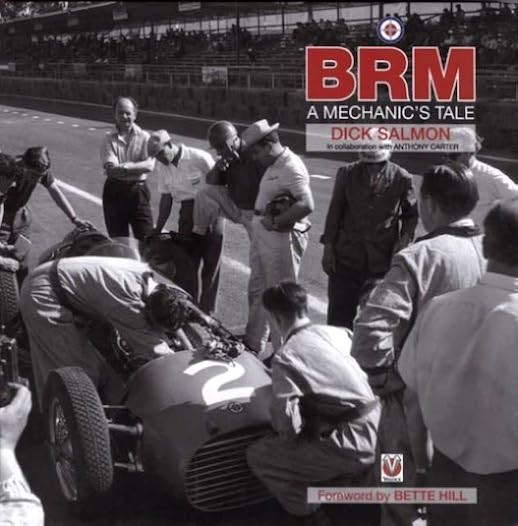





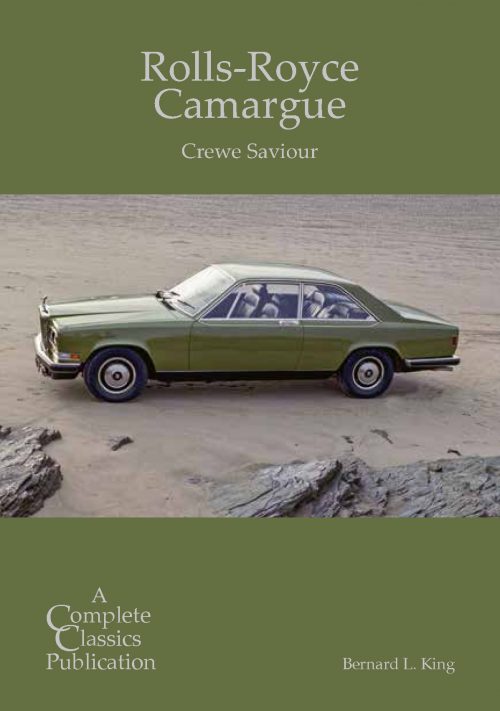








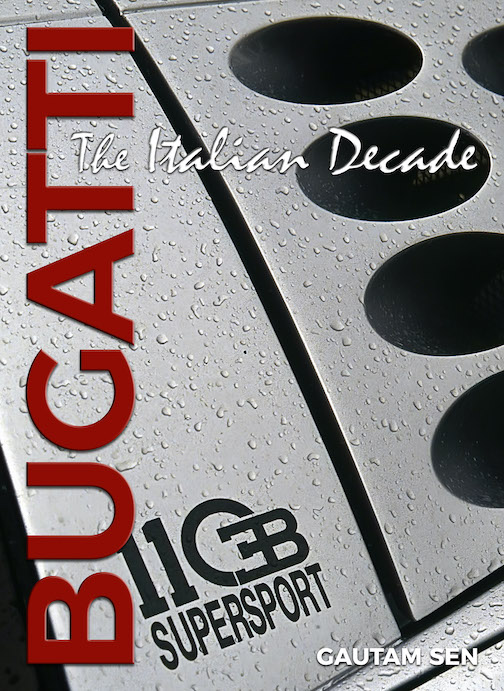

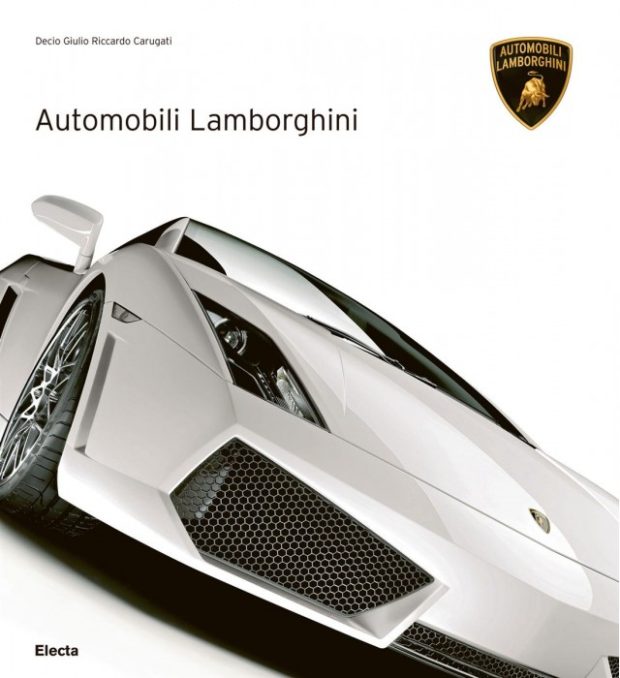
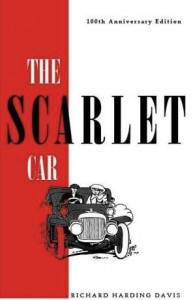





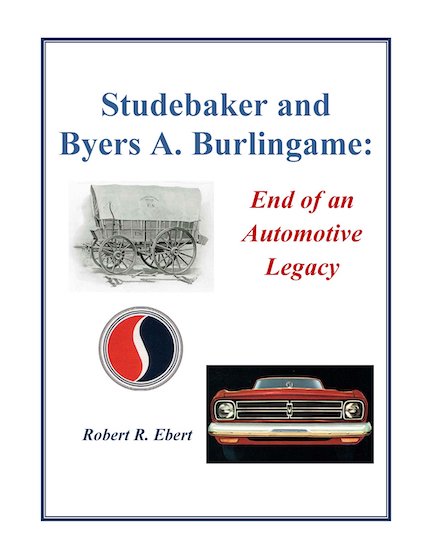



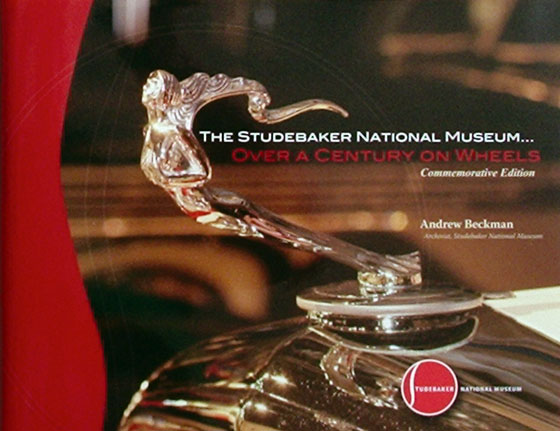


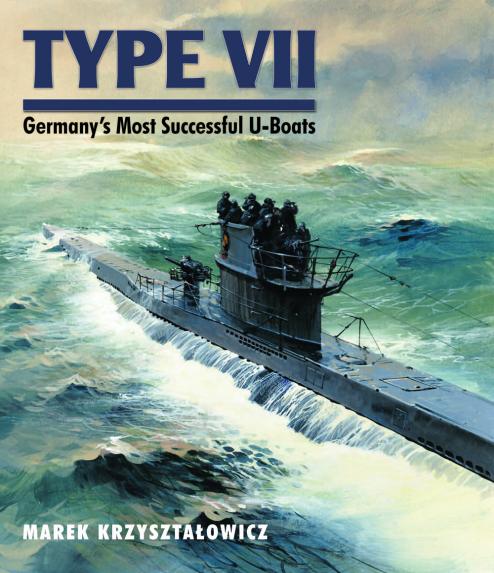
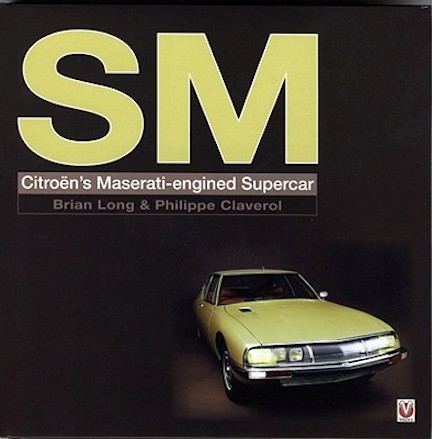

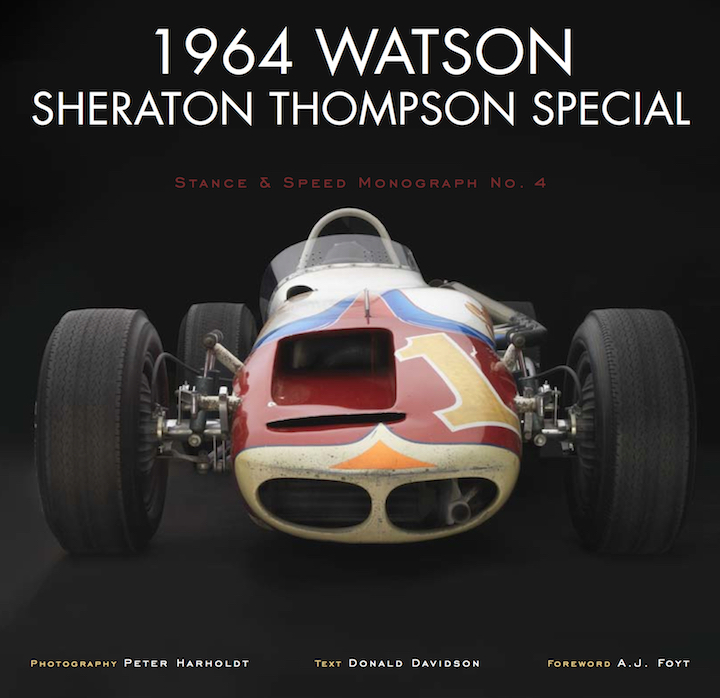



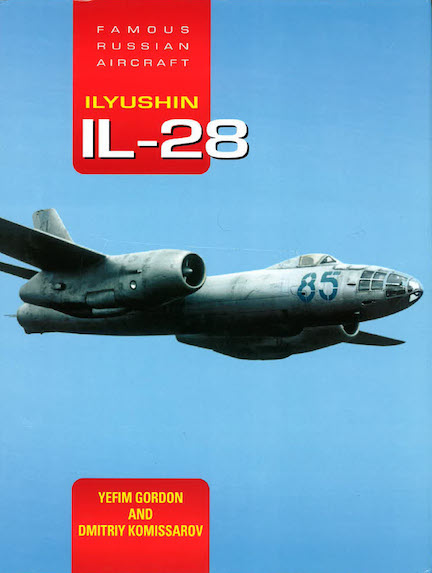











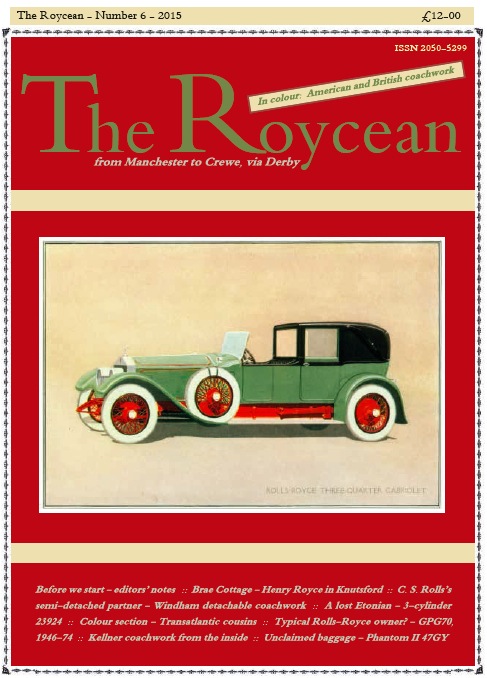

 Phone / Mail / Email
Phone / Mail / Email RSS Feed
RSS Feed Facebook
Facebook Twitter
Twitter